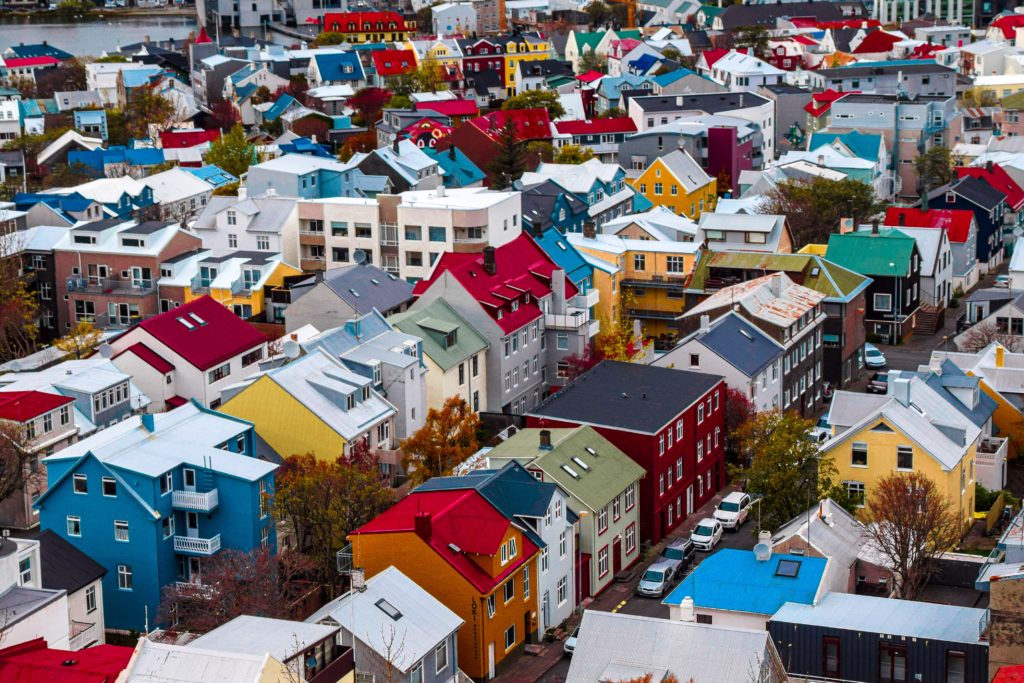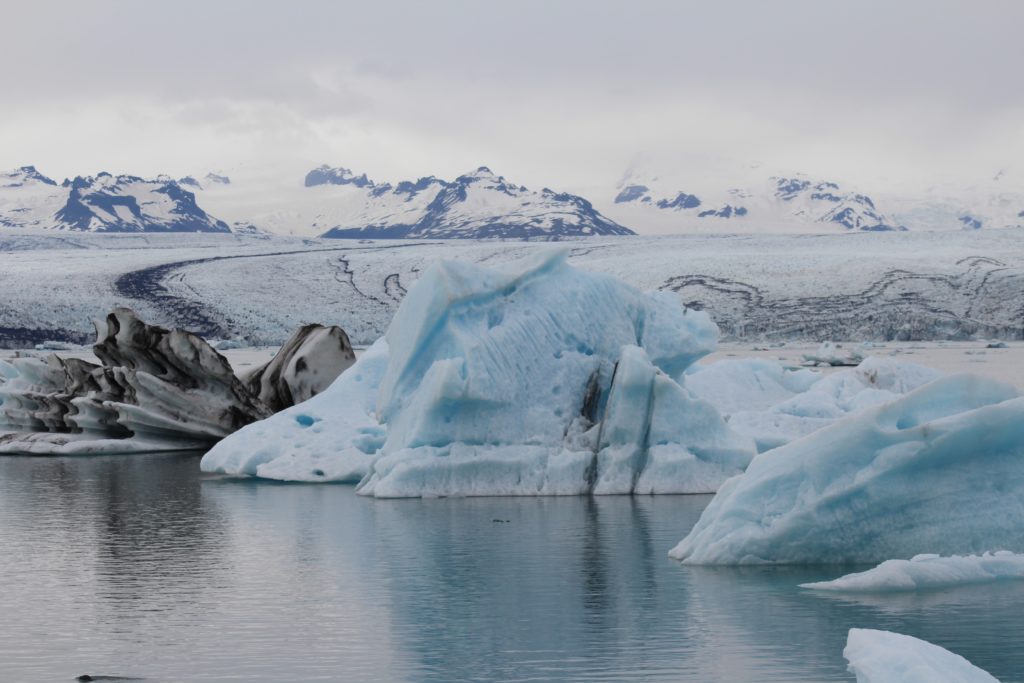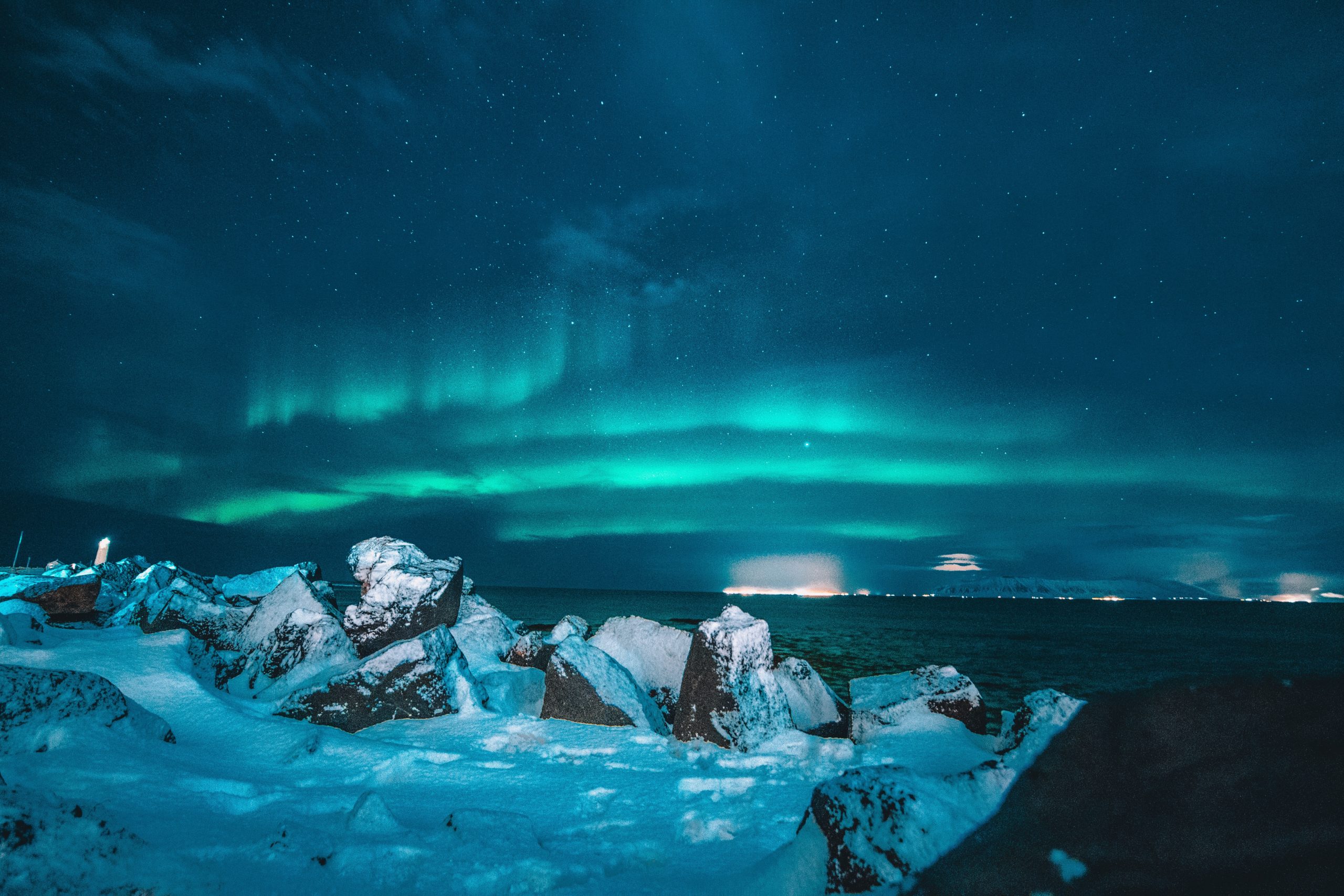Climate change in Iceland is already underway. The country’s glaciers are receding at an alarming rate, and scientists believe they could be gone entirely within the next 100-200 years. This will have huge implications for Iceland’s environment and economy, as well as its people.
Climate Change
Climate change is a global problem, but it is already having a real and tangible impact on Iceland. The loss of glaciers would have a major impact on Iceland’s environment and economy. Glaciers play an important role in regulating the country’s climate, and their loss would cause temperatures to rise. This would impact agriculture, as well as Iceland’s tourist industry, which is largely based on the country’s natural beauty.
Climate Change in Reykjavik
The effects of climate change are already being felt by Icelandic citizens. The country has experienced more extreme weather in recent years, with more storms and floods. This has led to damage to infrastructure and homes, as well as loss of life. The government is working to try and mitigate the effects of climate change, but it is a difficult task.
There is no easy solution to climate change, but it is clear that action needs to be taken. Individual citizens can help by making small changes to their daily lives, such as using less energy or recycling more. But the only way to truly solve the problem is for governments and businesses to take action on a global scale. Only then will we be able to slow down the effects of climate change, and make sure that future generations can enjoy Iceland’s natural beauty.

Infrastructure Damage in Iceland
Climate change has been responsible for infrastructure damage in Iceland. The country has experienced more extreme weather in recent years, with more storms and floods. This has led to damage to homes, roads, and bridges. The government is working to try and mitigate the effects of climate change, but it is a difficult task.
Rising Sea Levels
As the ice caps melt, sea levels around the world are rising. This is already having an impact on Iceland, as flooding has become more common. The government is working to try and mitigate the effects of climate change, but it is a difficult task.
Global Warming in Iceland
Global warming is one of the most important aspects of climate change. As the Earth’s atmosphere warms, it affects weather patterns and can lead to extreme weather conditions. In Iceland, this has led to more storms and floods. The government is working to try and mitigate the effects of climate change, but it is seemingly a difficult task.
Climate Change Mitigation
The government of Iceland is working to try and mitigate the effects of climate change. This includes investing in renewable energy, such as hydroelectric and geothermal power. The country is also working to improve its infrastructure, so that it can better withstand extreme weather. Individual citizens can help by making small changes to their daily lives, such as using less energy or recycling more. But the only way to truly solve the problem is for governments and businesses to take action on a global scale. Only then will we be able to slow down the effects of climate change, and make sure that future generations can enjoy Iceland’s natural beauty.
Carbon Offsets

Carbon offsets are a vital tool in combatting climate change. Voluntary carbon offsets allow for businesses and individuals to invest in projects that help to reduce greenhouse gas emissions. This includes things like planting trees, investing in renewable energy, or even simply improving energy efficiency.
Greenhouse Gases
Greenhouse gases are one of the primary causes of climate change. They trap heat in the atmosphere, and cause the Earth’s temperature to rise. The most common greenhouse gases are carbon dioxide and methane.
Renewable Energy in Iceland
Renewable energy is a key part of Iceland’s effort to combat climate change. The country has abundant hydroelectric and geothermal resources, which it is using to generate electricity. This clean energy is helping to reduce Iceland’s greenhouse gas emissions.
Geothermal Power in Iceland
Geothermal power or geothermal energy is a key part of Iceland’s effort to combat climate change. The country has abundant geothermal resources, which it is using to generate electricity. This clean energy is helping to reduce Iceland’s greenhouse gas emissions.
Hydroelectric Energy
Hydroelectric energy is a key part of Iceland’s effort to combat climate change. The country has abundant hydroelectric resources, which it is using to generate electricity. This clean energy is helping to reduce Iceland’s greenhouse gas emissions.
Solar Power
Solar power is a key part of Iceland’s effort to combat climate change. The country has abundant solar resources, which it is using to generate electricity. This clean energy is helping to reduce Iceland’s greenhouse gas emissions.
Wind Power in Iceland
Wind power is a key part of Iceland’s effort to combat climate change. The country has abundant wind resources, which it is using to generate electricity. This clean energy is helping to reduce Iceland’s greenhouse gas emissions.
Geo-engineering in Iceland
Geo-engineering is a key part of Iceland’s effort to combat climate change. The country is using geo-engineering to reflect sunlight away from the Earth, and thus reduce the amount of heat that is trapped in the atmosphere. This is helping to slow down the effects of climate change.
Carbon Capture and Storage in Iceland
Carbon capture and storage is a key part of Iceland’s effort to combat climate change. The country is capturing carbon dioxide from power plants and storing it deep underground. This helps to reduce the amount of greenhouse gas emissions that are released into the atmosphere.
A number of companies are working on carbon capture and storage projects in Iceland, including Carbon Recycling International and Carbfix.
The Future of Climate Change in Iceland
The future of climate change in Iceland is uncertain. However, the country is taking steps to combat the problem. The country is also working to improve its infrastructure, so that it can better withstand extreme weather. Individual citizens can help by making small changes to their daily lives, such as purchasing carbon offsets or investing in renewable energy.
.

